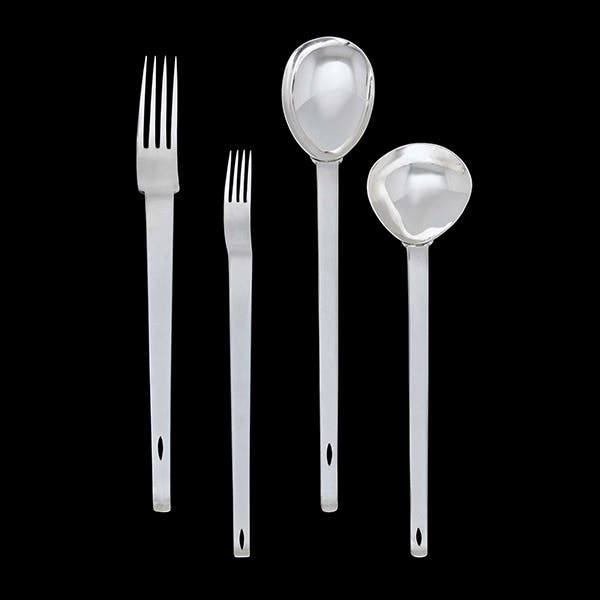Ask the Experts: Miniature basket speaks to history of weaving
In the most recent Ask the Experts column, Susan Mullikin offers a bit of basket making history, while assessing a reader’s inquiry about an inherited miniature basket.
Q This basket was found among my mother’s things when she passed away in 2005, at the age of 86.
I’m 71 and have looked on the internet, but I am not very good at it. Does it have any value? Can you determine from the pattern where it came from, and how old it may be? It is in wonderful shape and is so very cute. Thank you so much,
— C Z.
Pahrump, Nev.
A The artistic craftsmanship of Native American basket making predates pottery making. Each Indian tribe in North America in regards to basket making has its own unique style, though techniques did overlap from tribe to tribe. The three basic weaving techniques of Native American tribes consisted of twining, plaiting and coiling.
Your covered miniature basket measuring 4 inches tall fits into the coiling technique of basket construction. Coiling is a technique which involves sewing a foundation material. This foundation material is coiled upward and stitched into place. A pointed tool called an awl is used to pierce a hole in each coil. The sewing element is then threaded through the hole and fastens each coil to the coil below. Coil baskets usually consisted of plant fibers such as willow twigs, blades of sweet grass or pine needles. The foundation is usually referred to as a “bundle foundation.”
When collectors examine a basket in question, there are several things that distinguish a Native American piece from a Native inspired piece of artwork.
One must first examine the weaving technique used. Have several different materials been woven together? The item is usually authentic. On the other hand, if the basket appears very uniform in the matter of construction, this may indicate the basket is machine made. Check the materials used, very thin fibers in coiled patterns indicate raffia, or rice straw and are not authentic. Examine the colors – stamped patterns that show up on the outside of the basket in rusty red or black indicate authentic art. Lastly, inspect the rim. The fibers should be wrapped on a diagonal either parallel to each other or in tiny triangles.
From doing research and taking into account your basket’s authenticity, I believe your Native American basket was produced in the 1920s or 1930s by the Papago tribe of Arizona. Perhaps your mother visited Arizona during her lifetime or was presented with this lovely miniature Indian basket possibly by a relative who had. I would value your basket at $125.
-------------------------------------------------------------
Q Enclosed is a photo of a gold-sided bowl I have, that was obtained, by my now-deceased son many years ago, at yard sales and flea markets. Can you tell me anything about it?
— F. W.
Chicago, Ill.
A Without indications as to if your gold sided bowl is signed or marked on the bottom, its measurements, and a much clearer picture (from the picture presented it looks as if there may be an oval decoration in the center) I can offer this: Your gold-sided bowl is Mid-Century Modern (from the 1940s or ’50s), it could have been part of a set with other accessory items to match.
The gold wavy decoration may be an applied gold filigree decoration, and if so your bowl on the bottom may be marked perhaps 22 karat gold. Assuming your bowl is free from cracks or chips, is not signed or marked on the bottom and does not have a center medallion decoration. I would estimate it at between $30 and $45 dollars.








